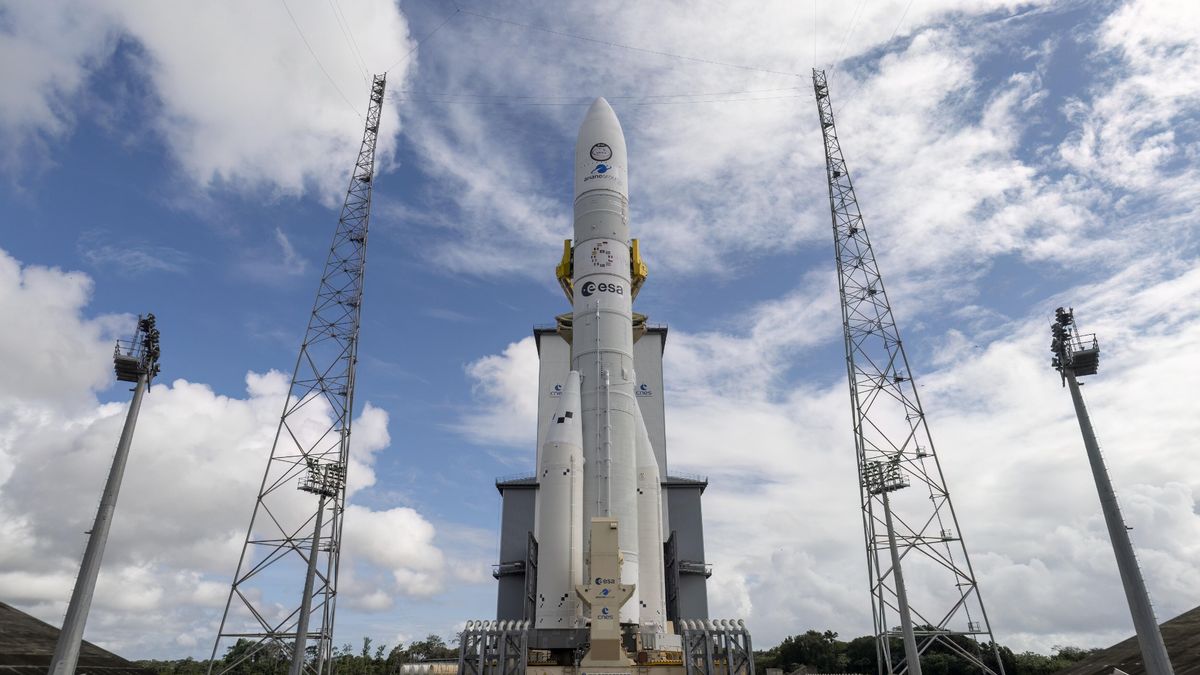-
Europe’s Ariane 6 was launched
9th July 2024
Operated by the French company Arianespace on the behalf of the European Space Association, the long awaited Ariane 6 was finally launched on the 9th of July. Ariane 6 was initially scheduled to debut in 2020, but global issues like Covid-19, Wars between Russia and Ukraine and other technical issues pushed the first liftoff of this rocket to 2024. The Ariane 6 is a replacement rocket after retirement of the Ariane 5, which itself performed 117 flights for over 3 decades. The Ariane 6 ‘will ensure our guaranteed, autonomous access to space, and all of the science, Earth observation, technology development and commercial possibilities that it entails,’ESA officials wrote in a preview of the debut launch.

Europe's new Ariane 6 rocket. Credit: cdn.mos.cms.futurecdn.net
References
SPACE.com. "Europe's new Ariane 6 rocket launching for 1st time ever today." [ space.com]
-
Southern δ-Aquariid meteor shower 2024
12 July to 23rd August, 2024
The southern delta Aquariid meteor shower was visible from mid July to Late August. The meteor shower displayed around 20 meteors per hour at an average speed of roughly 40km/s. The meteors are fragments of passing comets. The source comet for this shower is still unknown, but comet 96P Machholz is the suspected source. Comet Machholz was discovered by Donald Machholz in 1986 and is around 6.4km across.
:max_bytes(150000):strip_icc():format(webp)/delta-aquariids-0723-127adab7b3384987adc2c592c4364e90.jpg)
Southern δ-Aquariid meteor shower. Credit: marthastewart.com
References
NASA. "Southern Delta Aquariids." [ nasa.gov]
-
Hubble captures the image of a spiralling galaxy
31st July, 2024
From its vantage point in the low Earth orbit, the Hubble telescope captured a stunning picture of a spiral galaxy, ‘NGC 3430’. This galaxy is approximately 100 million light years away in the constellation Leo Minor. The galaxy is a beautiful spiralling scene with bright blue spots indicating the formation of new stars all over it. NGC 3430 is not as dense as the Milky Way and is considered as a ‘regular’ spiral galaxy.

Image of the Spiral Galaxy NGC 3430. Credit: nasa.gov
References
NASA. "Hubble Images the Spiral Galaxy NGC 3430." [ nasa.gov]